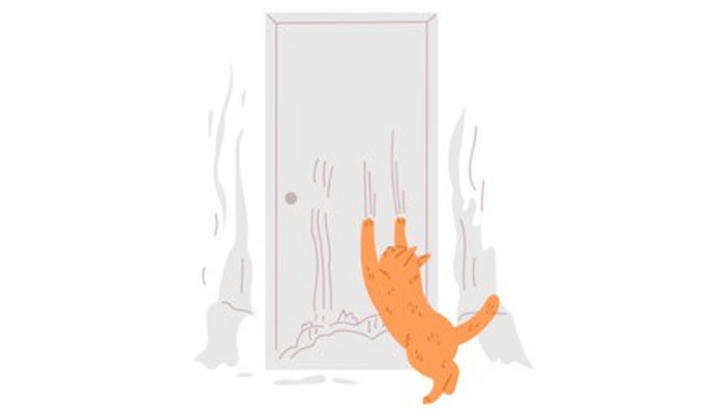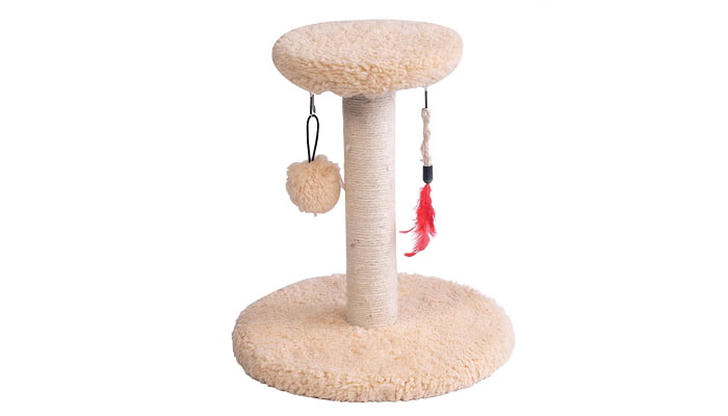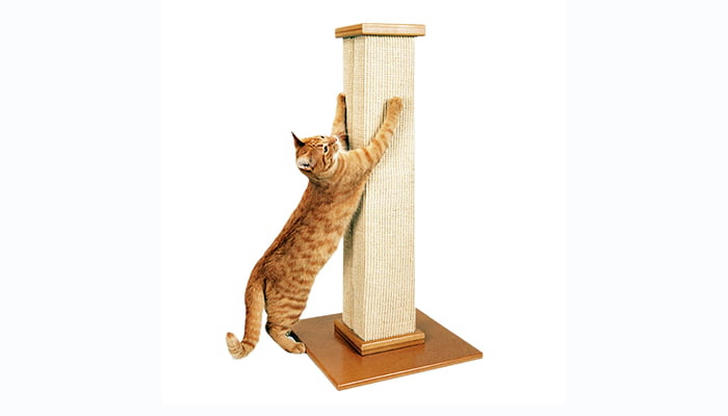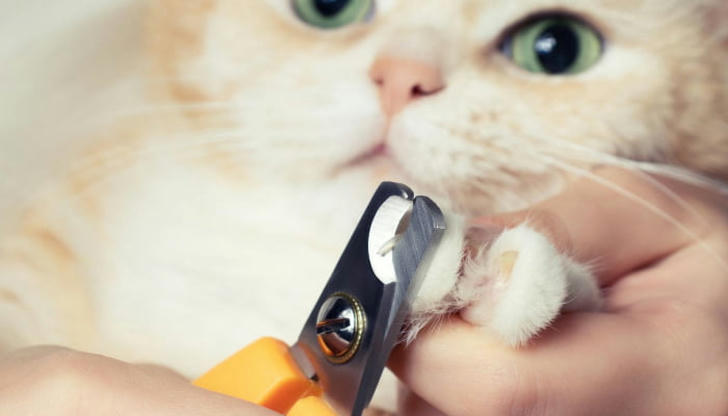Stop Your Cat's Scratching: Proven Training Methods to Protect Your Furniture and Save Your Home

If you're a cat owner, the sight of your beloved feline clawing at your furniture can be frustrating. While scratching is a natural and necessary behavior for cats, it doesn't have to mean damage to your home. With the right strategies and training, you can effectively manage this instinct and keep your furniture intact.
Understanding Why Cats Scratch

Scratching is deeply rooted in a cat's biology. It helps them mark territory, stretch their muscles, and maintain their claws. Cats are also territorial creatures, and scratching leaves behind visual and scent markers that signify ownership of a space. Rather than fighting this instinct, it's important to channel it into more appropriate outlets.
1. Offer Attractive Scratching Alternatives

One of the most effective ways to stop your cat from scratching furniture is to provide better options. Cats are picky about their scratching surfaces, so variety and proper placement are key.
- Vertical Scratching Posts: Tall, sturdy posts placed near windows or favorite scratching spots appeal to cats' natural stretching instinct.
- Horizontal Scratching Pads: Flat pads made of sisal or cardboard work well for cats who prefer horizontal scratching.
- Multi-Function Furniture: Cat trees with scratching surfaces provide both scratching outlets and resting areas.
Expert Tip: Sprinkle catnip or place toys near new scratching posts to attract your cat's attention.
2. Deterring Scratching with Practical Solutions

For cats with established scratching habits, additional deterrents can help:
- Double-Sided Tape: Apply to furniture edges - cats dislike the sticky feeling.
- Furniture Protectors: Use slipcovers or corner guards made of unappealing materials.
- Spray Deterrents: Citrus, lavender or eucalyptus scents can discourage scratching (test for safety first).
3. Training with Positive Reinforcement

Positive reinforcement is more effective than punishment:
- Reward with treats or praise when cat uses scratching post.
- Gently redirect to post when catching them scratching furniture.
- Be consistent - always reward good behavior.
4. Maintain Claws with Regular Trimming
Regular claw care reduces damage:
- Trim sharp tips with cat nail clippers (avoid the quick).
- Consider soft claw caps for additional protection.
- Ask your vet for a demonstration if unsure.
5. Address Stress and Anxiety Triggers
Excessive scratching may indicate stress:
- Provide interactive toys and climbing trees for mental stimulation.
- Use pheromone diffusers (like Feliway) during stressful changes.
- Maintain consistent routines to reduce anxiety.
Conclusion
With proper alternatives, deterrents, positive training, claw maintenance, and stress reduction, you can protect your furniture while allowing your cat to express natural behaviors. Consistent implementation of these methods will lead to a harmonious, scratch-free home for both you and your feline companion.
